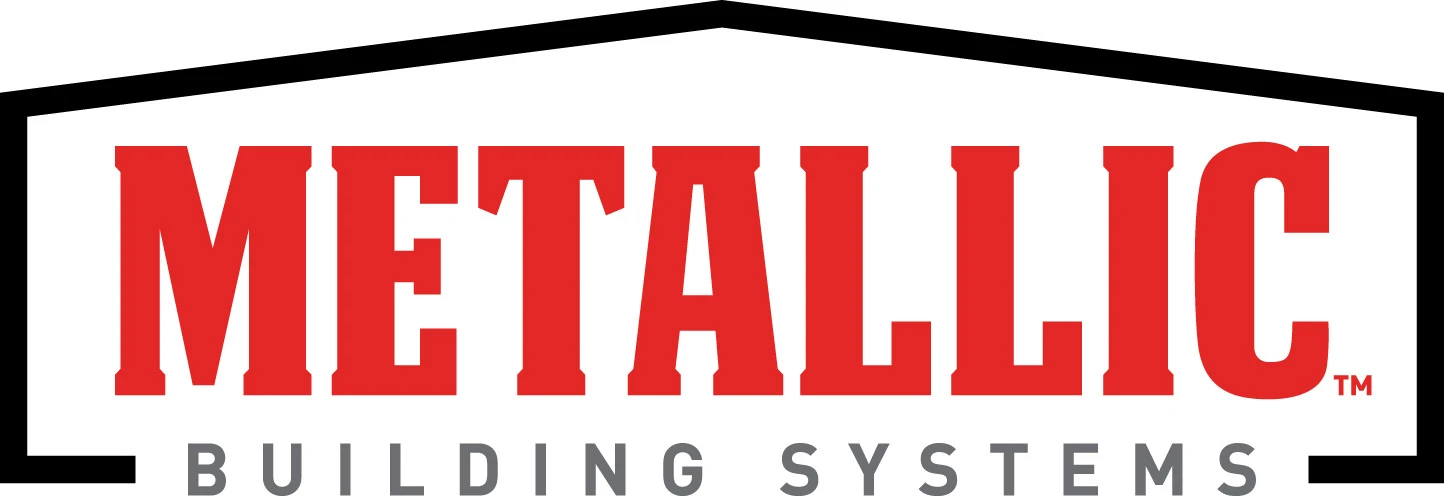
Unlocking Durability: A Comprehensive Guide to Steel Building Wall Sections
In the dynamic world of construction, durability isn’t just an advantage—it’s essential. Steel buildings have become industry benchmarks, combining structural strength with resilience. For architects, builders, and homeowners, understanding steel building wall sections can significantly enhance their projects. These wall components help form a robust, visually appealing structure designed to withstand diverse environmental challenges.
In this guide, we’ll explore the types of wall sections commonly used in steel buildings, their potential advantages, critical factors influencing their durability, and essential best practices for implementation. Whether planning a new build or optimizing an existing one, exploring wall section options can help boost your project’s longevity, aesthetic appeal, and overall value.
The Crucial Role of Durability in Steel Structures
Durability can be critical, particularly for steel structures exposed to harsh conditions like extreme weather, temperature swings, and corrosive environments. Wall sections help establish a crucial defensive barrier, supporting structural integrity and protecting the building.
One of the advantages of steel construction is the flexibility it offers in wall design. Steel buildings can accommodate a variety of wall types, including metal panels, masonry, tilt-wall concrete, insulated panels, and even architectural facades. These can be integrated with steel columns and girts to meet specific performance needs while also allowing for creative, visually appealing designs.
Although some wall materials may carry higher upfront costs, choosing durable, low-maintenance solutions like steel or insulated metal panels can lead to significant long-term savings. With fewer repairs, less maintenance, and a longer service life, mixed wall systems in steel buildings help ensure both cost-efficiency and reliability over time.
Exploring Types of Steel Building Wall Sections
Building walls vary in form and function, primarily categorized into:
Concrete Tilt-Up Load-Bearing Walls
These structural walls can transfer the loads of steel roofing systems to the foundation. This allows additional flexibility in building design and erection.
Non-Load-Bearing Steel Walls
These walls are primarily used for interior partitions and accommodate insulation for noise reduction and interior climate control. Usually made from lighter gauge steel, these walls can be easy to install and offer design flexibility.
Curtain Walls
Curtain walls can serve as external, non-structural barriers commonly seen in commercial and high-rise structures. They are usually composed of steel and glass and can deliver aesthetic elegance, environmental protection, and energy-efficient insulation.
Key Factors Influencing Wall Durability
To help maximize the longevity of wall sections, consider these factors:
- Material Quality: High-grade steel treated for corrosion resistance can help ensure durability. Partnering with reputable suppliers can help guarantee adherence to industry standards.
- Environmental Conditions: Buildings in coastal or industrial areas might require specialized coatings to combat corrosion and pollutants.
- Construction Practices: Precision in welding and fastening can be essential. Skilled installation helps maintain structural stability and reduces potential vulnerabilities.
Advantages of Steel Wall Sections
Steel wall sections can offer several benefits:
- Strength and Resilience: They can withstand severe weather, seismic activities, and heavy loads when properly designed and installed
- Versatile Design: Steel can be customized for diverse architectural styles and blend with materials like glass or wood.
- Energy Efficiency and Sustainability: Steel can accommodate thermal insulation and provide minimal waste production, and recyclability to help reduce environmental impact and operational costs.
Design Best Practices for Steel Walls
Designing steel wall sections effectively typically involves careful planning:
- Structural Integrity: Calculating load-bearing requirements accurately will help select appropriate steel gauges.
- Thermal Efficiency: Integrating high-quality insulation strategically can help minimize thermal bridging and enhance energy efficiency.
- Aesthetic Appeal: Protective finishes can enhance visual attractiveness and provide long-term resistance to corrosion and wear.
Maintenance Essentials for Steel Walls
Routine maintenance helps extend the lifespan and performance of steel wall sections:
- Regular Inspections: Early detection of rust or corrosion can help prevent structural issues that require costly repairs.
- Cleaning: Removing dirt and pollutants regularly can help protect surface integrity.
- Protective Coatings: Periodically inspecting and refreshing coatings can help maintain robust protection against environmental factors.
Innovations in Steel Wall Technology
Technological advancements continue to enhance steel wall performance:
- Advanced Coatings: New protective finishes can significantly extend corrosion resistance and durability.
- Prefabrication Techniques: Off-site manufacturing can improve consistency, reduce construction time, and lower costs.
- Enhanced Insulation Systems: Developments in sustainable and energy-efficient insulation technologies help to enhance steel wall effectiveness.
Conclusion: The Future of Steel Building Walls
Addressing Common Challenges
Proactively managing common issues in steel wall construction can include:
- Corrosion Prevention: Using corrosion-resistant materials and proper drainage solutions.
- Thermal Bridging Mitigation: Incorporating thermal breaks and precise insulation placement.
- Quality Assurance: Ensuring skilled construction practices, including welding and fastening, backed by regular quality inspections.
Steel building wall sections represent strength, durability, versatility, and sustainability. Innovations in material science, prefabrication, and energy efficiency continue to emerge, potentially further enhancing steel walls.
Exploring these advancements can help ensure the integrity of steel structures and contribute to their lasting value, efficiency, and visual appeal. Whether constructing new facilities or retrofitting existing ones, understanding the potential of steel wall sections can position your project for sustained success.
